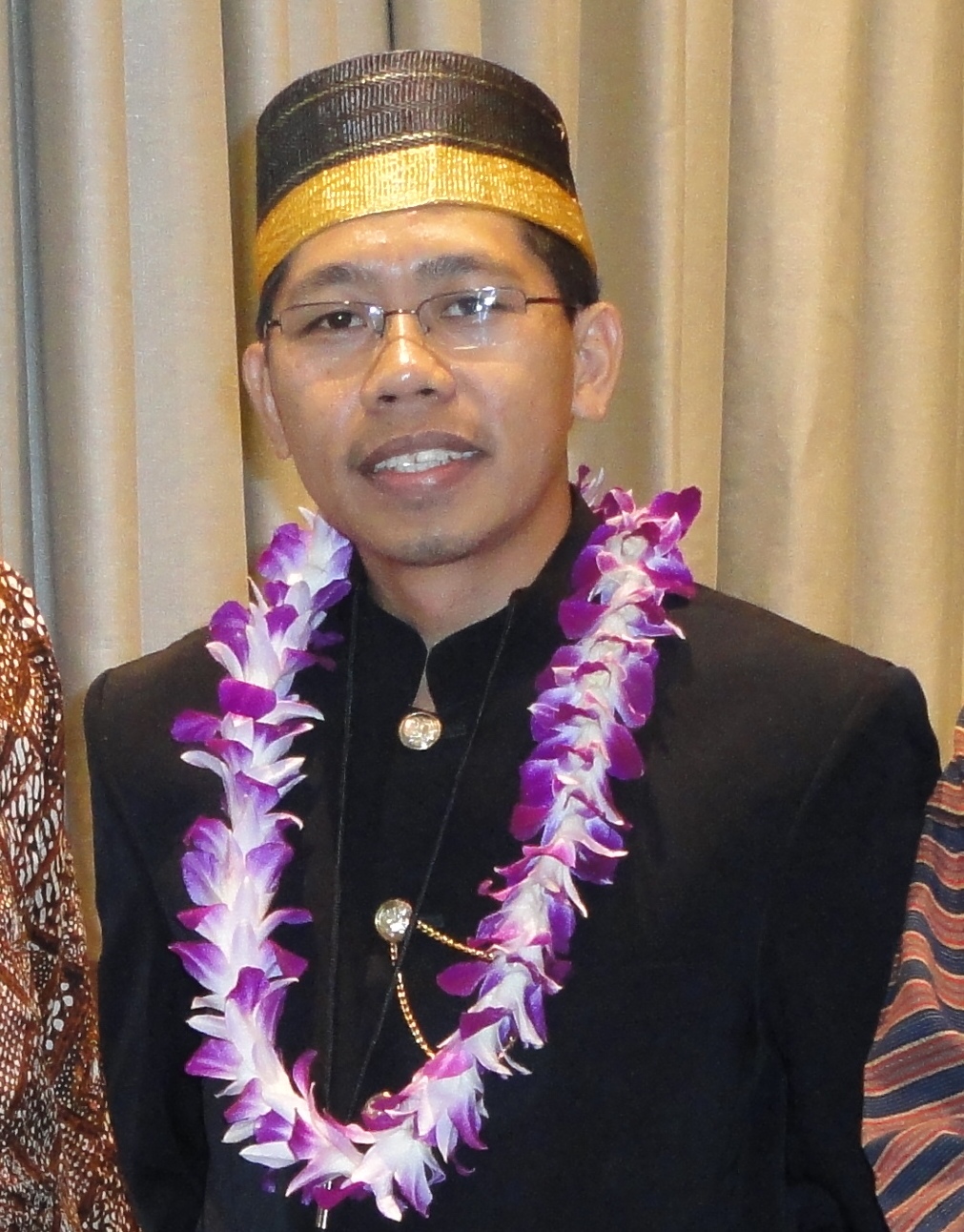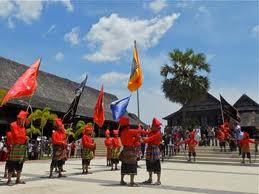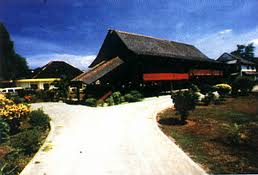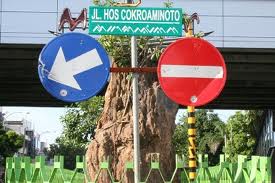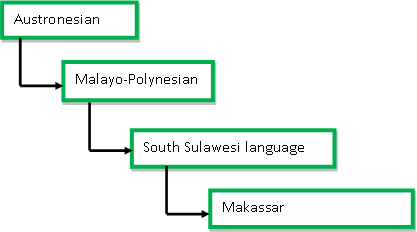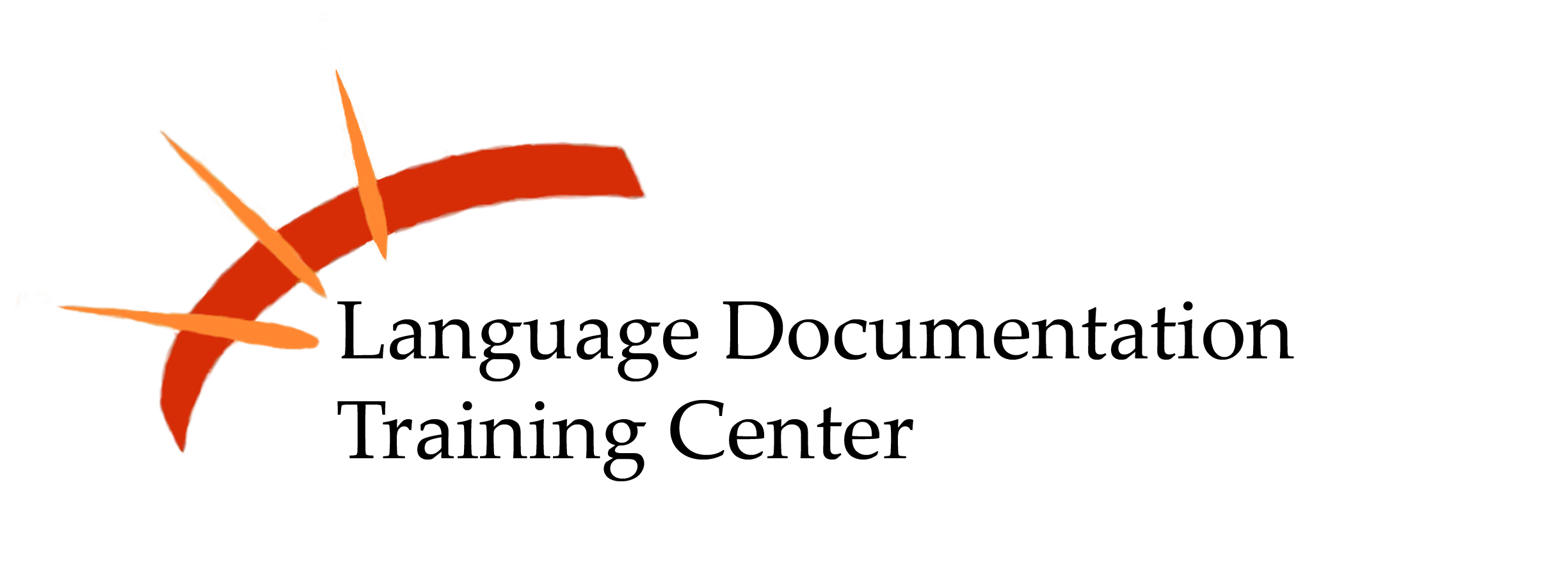 |
ldtc@hawaii.edu 1890 East-West Rd., Honolulu, HI 96822 USA |
LDTC Home | About LDTC | People | Languages | Workshops | Support |
|
|
About Me and My Language
Home
Orthography
Morphology
Recording
Dictionary
Wordlist
Language Use
| Contact Email | srapi@hawaii.edu |
| Language classification | Austronesian |
| Geographical areas where spoken | Gowa, Makassar, Takalar, Je'neponto, Bantaeng and Maros |
| Approximate number of monolingual speakers | 2,100,000 |
| Official language(s) in your country | Bahasa Indonesia |
| back to top | |
| Background of the Language Total population of south Sulawesi is about 8 million which are distributed into 24 districts. Six of these districts use Makassar. This language is spoken by about 2.1 million people. There are about 120,000in Bantaeng, 220,000 in Takalar, 300,000 in Jeneponto, 800,000 in Gowa, 200,000 in Maros and 500,000 in Makassar Makassar is located in South Sulawesi province, Indonesia. The name of Makassar originated from Makassar word “mangkasara”(meaning ‘rough’) and later on becoming Makassar. Makassar is also the name of the capital of South Sulawesi. This language is spread across in Makassar, Gowa, Takalar, Je’neponto, Maros and Bantaeng districts. Each district has its own pronunciation of Makassar,including tonal differences and some lexical differences. Mostly people live in coastal areas. The Maros and Bantaeng districts are under more influence than the other districts, as their dialects have more contact with other languages such as the Buginese language. There are at least 3 languages are spoken in these areas such as bugis, duri, mandar, toraja, java and Chinese. In Makassar town,all these language are spoken because the population comes from all districts in south Sulawesi as well as from different provinces. The writing system is called lontara. There are at least three different kinds of tones such as in Je’neponto, Takalar and Gowa. In Takalar, they will stress more syllabi in a word compared to Gowa people. The other district, people pronounce the words sounds like a wave. back to top |
